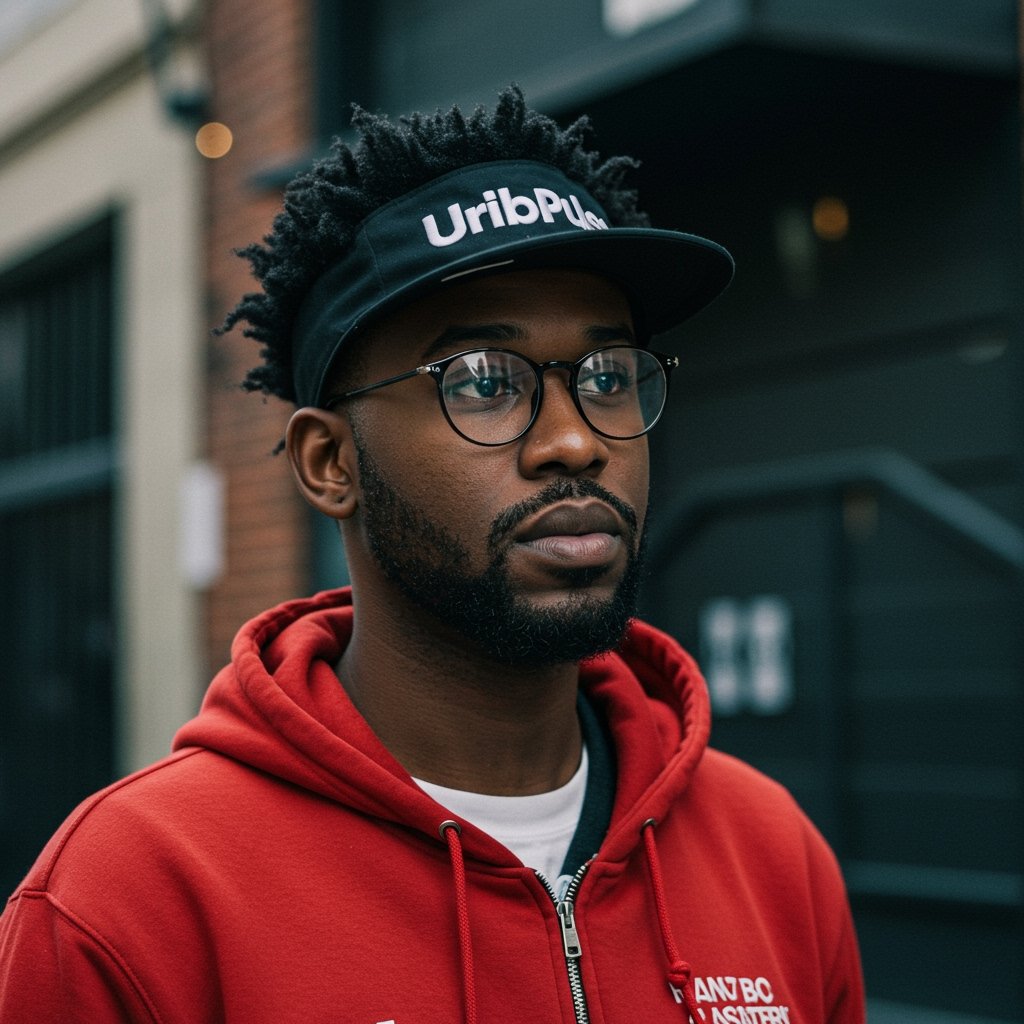UrbanPulse Launches Pioneering AI Co-Creation Platform
UrbanPulse, a globally recognized leader in the streetwear industry, officially unveiled its highly anticipated collaborative design platform on June 7, 2025. This innovative initiative marks a significant step forward in integrating advanced artificial intelligence tools directly into the creative pipeline, allowing select consumers and artists to actively participate in the design process alongside AI models. The platform is specifically engineered to facilitate user co-creation, enabling individuals to propose initial design concepts and then collaborate with sophisticated AI algorithms to develop these ideas into potential future collections. The launch has rapidly captured the attention of the fashion world and beyond, becoming a trending topic within style and culture circles and sparking widespread discussion and debate among designers, artists, industry professionals, and consumers alike.
Integrating AI into the Creative Process
The core of UrbanPulse’s new platform lies in its seamless integration of cutting-edge AI technology. Unlike traditional design processes that are often confined within a brand’s internal teams, this platform opens the door to external creativity. Users, granted access through an application or invitation process, can log in and utilize intuitive tools powered by generative AI. These tools are capable of interpreting textual descriptions, image uploads, or even sketches, transforming them into detailed visual design mockups. The platform is designed to be a collaborative environment, allowing the human user to guide the AI, refining patterns, adjusting color palettes, exploring different silhouettes, and experimenting with graphics and typography in real-time. This iterative process aims to blend the unique intuition and artistic vision of human creators with the speed and analytical power of artificial intelligence.
A New Model for Collaboration and Curation
UrbanPulse envisions this platform as more than just a design tool; it is a new model for talent discovery and collection curation. By inviting a diverse group of external contributors – ranging from established artists and fashion students to avid consumers with a keen eye for design – the brand hopes to tap into a wider pool of creativity and cultural insights. Concepts developed on the platform are not automatically produced but enter a review process. UrbanPulse’s internal design teams will evaluate the co-created designs for feasibility, market relevance, and alignment with the brand’s aesthetic and quality standards. Successful concepts may then be selected for further development, potentially leading to inclusion in future limited editions or mainline collections. This system creates a direct pipeline from external creativity to commercial product, potentially disrupting traditional design hierarchies.
Industry Reactions and Ethical Considerations
The introduction of such a prominent AI-powered co-creation platform by a major brand like UrbanPulse has inevitably ignited robust debate across the creative industries. Central to these discussions are fundamental questions about the future of design, the nature of creativity itself, and complex issues surrounding intellectual property (IP) ownership. Many designers and artists have voiced concerns about the potential devaluation of human creative skills and the risk of AI-generated designs flooding the market. Questions arise about whether designs heavily influenced or generated by AI can possess the same depth of artistic intent or cultural significance as those born purely from human experience and skill. Furthermore, the legal and ethical implications of IP ownership when both human and AI are involved in the creation process are being hotly debated. Who owns the copyright or design rights to a concept where a user provided the initial prompt or sketch, but an AI model generated the detailed execution? These are uncharted territories for the fashion industry.
Democratization vs. Automation
The platform also sparks conversations about the democratization of fashion and streetwear design. Proponents argue that by lowering the barrier to entry and providing sophisticated tools to a wider audience, UrbanPulse is empowering aspiring designers and giving consumers a voice in the products they consume. This could lead to more diverse aesthetics and challenge the exclusivity often associated with high fashion. Conversely, critics worry that this move could be seen less as democratization and more as automation, potentially leading to the exploitation of unpaid or under-compensated external creativity while the brand retains control over the valuable AI models and the final production decisions. There are concerns that this model could undermine the careers of professional designers who rely on their unique skills and creative vision.
UrbanPulse’s Stated Vision and Future Outlook
UrbanPulse representatives have framed the platform as an evolutionary step aimed at fostering community engagement and exploring new frontiers in design innovation. They emphasize that the platform is intended to augment, rather than replace, human creativity and that the selection process for transforming digital concepts into physical products will involve significant human oversight and craftsmanship. The brand suggests this initiative is part of a long-term strategy to stay ahead of technological trends and maintain relevance in a rapidly changing market. The success and impact of the UrbanPulse collaborative AI design platform will undoubtedly be closely watched by competitors, designers, and consumers alike. Its trajectory could set a precedent for how technology, collaboration, and creativity intersect in the future of not just streetwear, but potentially the broader fashion industry, continuing to fuel discussion on creativity, ownership, and accessibility in the digital age.





